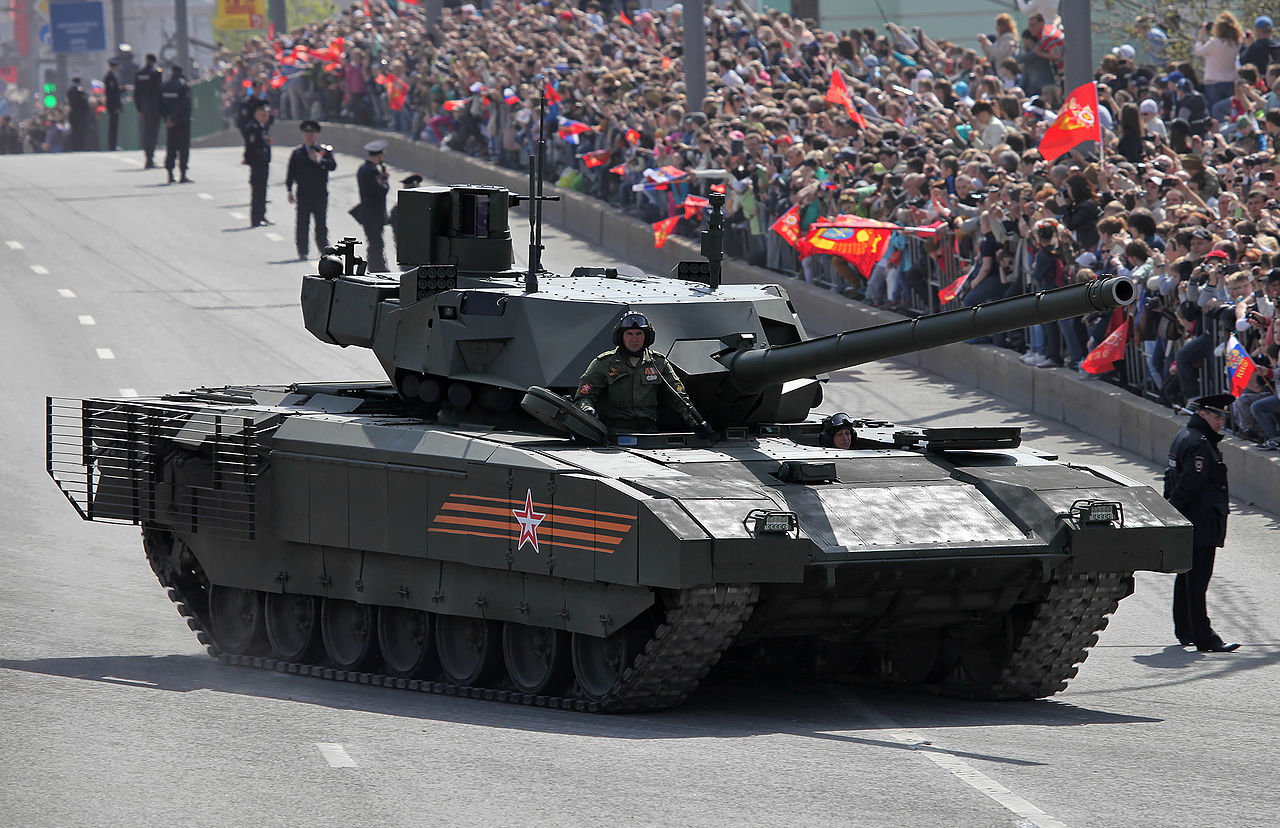Russia has started promoting the latest T-14 ‘Armata’ main battle tank for exports and had already received several prior requests. Russia’s foreign partners, including China and India, have expressed interest in purchasing new military equipment presented at the May 9 Victory Day parade in Moscow, including the Armata tank. Even though China has shown interest in the T-14, Chinese company Norinco claims their domestic VT-4 tank is superior to the Armata design in terms of mechanical reliability, fire control, and unit cost.
The T-14 Armata is a next-generation Russian main battle tank based on the Armata Universal Combat Platform—the first series-produced next-generation tank. The Russian Army initially planned to acquire 2,300 T-14s between 2015 and 2020. Production and fiscal shortfalls delayed this to 2025, and then to the cancellation of the main production run. The test batch of 100 is to be delivered and deployed to the 2nd Guards Tamanskaya Motor Rifle Division, with delivery expected in 2020 or later; tanks will be transferred only after the completion of all state tests.
The main armament of the T-14 is the 2A82-1M 125 mm (4.92 in) smoothbore cannon can fire a wide range of ammunition, including armour-piercing fin-stabilized discarding sabot (APFSDS) projectiles, guided missiles, high-explosive anti-tank (HEAT-FS) shells, air-burst HE-Frag shells and other types of rounds. The gun is capable of firing guided missiles like the 9M119M1 Invar-M which has an effective range of 100 m to 5 km, and can engage low-flying air targets such as helicopters, with a new 3UBK21 Sprinter ATGM with an effective range up to 12 km developed specifically for it.
The T-14 Armata has been described as a major concern for Western armies, and British intelligence views the unmanned turret as providing many advantages. Western observers, however, question Russia’s ability to purchase modern tanks like the T-90 and T-14 in significant numbers. In response to the Armata, Germany and France have joined forces to develop an unspecified “Main Ground Combat System” (MGCS) to compete with the technological advances of the Armata and replace both the Leclerc and Leopard 2 MBTs around 2030.
















